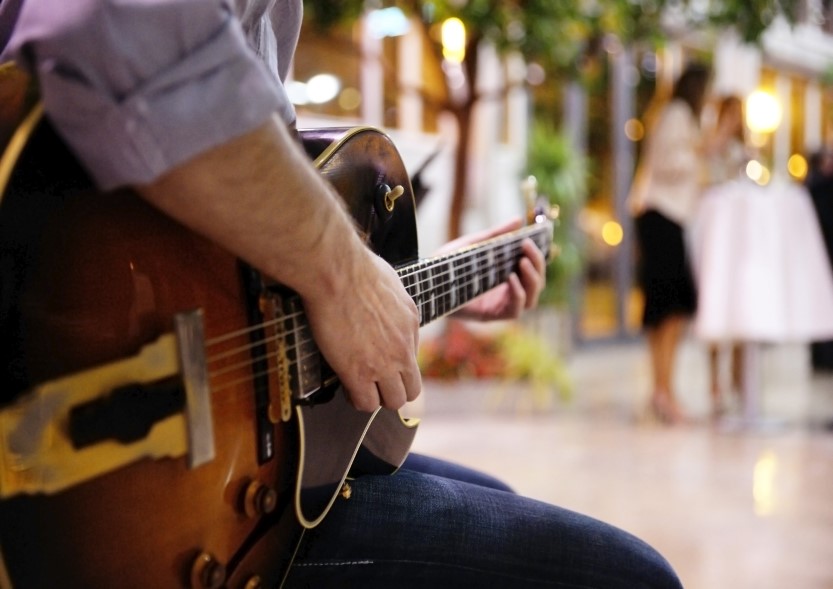
Today we’re going to learn how to tune a dobro guitar. Also known as the resonator guitar, the dobro is a unique and versatile instrument that has its origins in bluegrass, country, and blues music.
Much like any other stringed instrument, tuning a Dobro is essential to achieving the desired sound and ensuring that it plays well with other instruments.
Dobro guitars have become increasingly popular, and can now be found in all types of music productions, from a variety of styles. It lends a very special sound and quality to recordings, and its popularity keeps increasing. Without further ado, here is how to tune a dobro guitar.
G Tuning
The most common tuning for a dobro guitar is the GBDGBD open tuning, often referred to as “G tuning.” This tuning provides a rich and resonant sound that complements the Dobro’s unique tonal characteristics. The strings, from lowest to highest, are tuned to G, B, D, G, B, and D.
Use a Reliable Tuner
Using a reliable tuner is highly recommended for accurate tuning. Good tuners work by detecting the pitch of the strings and indicating whether they are in tune or need adjustment.
The Roadie 3 tuner is a great option for tuning your dobro guitar, as long as it has gear-based pegs. This fantastic tuner features state-of-the-art vibration detection. This allows you to accurately tune even in loud environments. Roadie 3 also comes with a vast alternate tuning library. With a total of 150 alternate tunings available for 12 instruments, you can quickly tune your dobro guitar with accuracy and no hassle. You can even create your very own alternate tuning for your instrument, and then save it so Roadie 3 can retrieve it whenever you need it.
Process
Begin by plucking the lowest string and turning it clockwise to raise the pitch of the string (tightening it) or counterclockwise in order to lower the pitch of the string (lowering it). Naturally, if you use the Roadie 3 tuner, you don’t even have to worry about which way to turn the peg, as this tuner will automatically do it for you.
Maintenance
Although maintenance is not technically part of the tuning process, it is essential for ensuring optimal sound quality. Keep your Dobro guitar in a stable environment, avoiding extreme temperature and humidity changes that can affect the instrument’s tuning stability. Regularly check and replace worn-out strings, as they can negatively impact tuning accuracy.
Tuning a Dobro guitar is an important skill for any player seeking to explore the resonant and expressive qualities of this unique instrument. By following the steps outlined in this guide, you can confidently tune your dobro to the standard GBDGBD open tuning. Remember to use a reliable tuner (preferably Roadie 3), make gradual adjustments, and fine-tune the instrument for optimal results. With proper tuning and maintenance, your Dobro guitar will be ready to create beautiful music across various genres, adding its signature sound to your musical journey.

